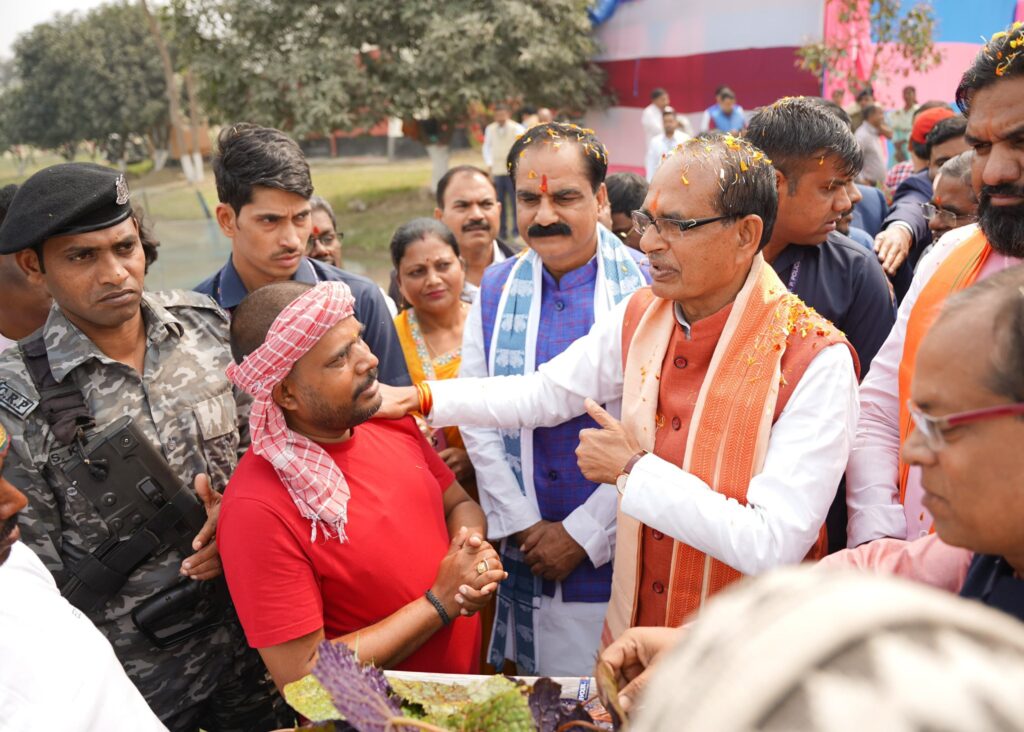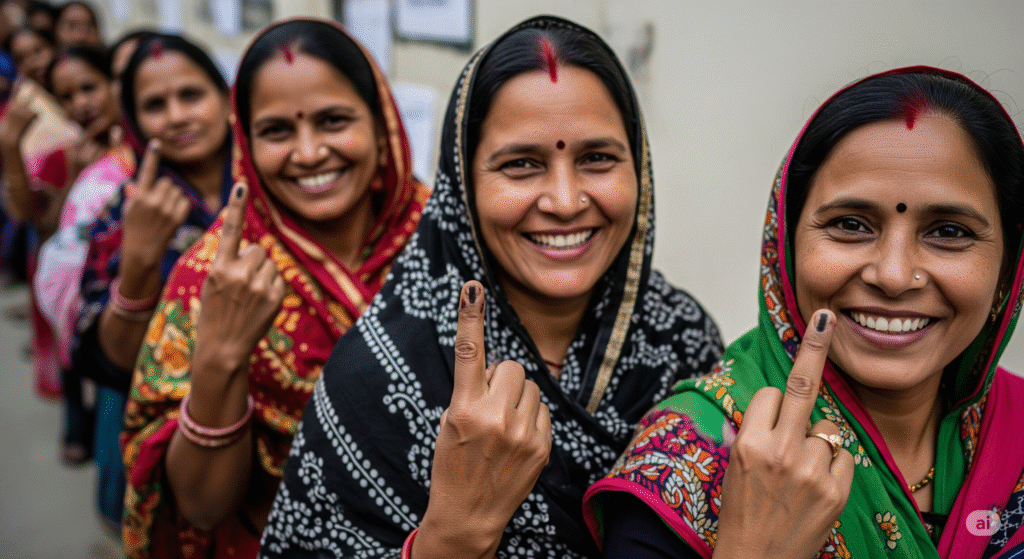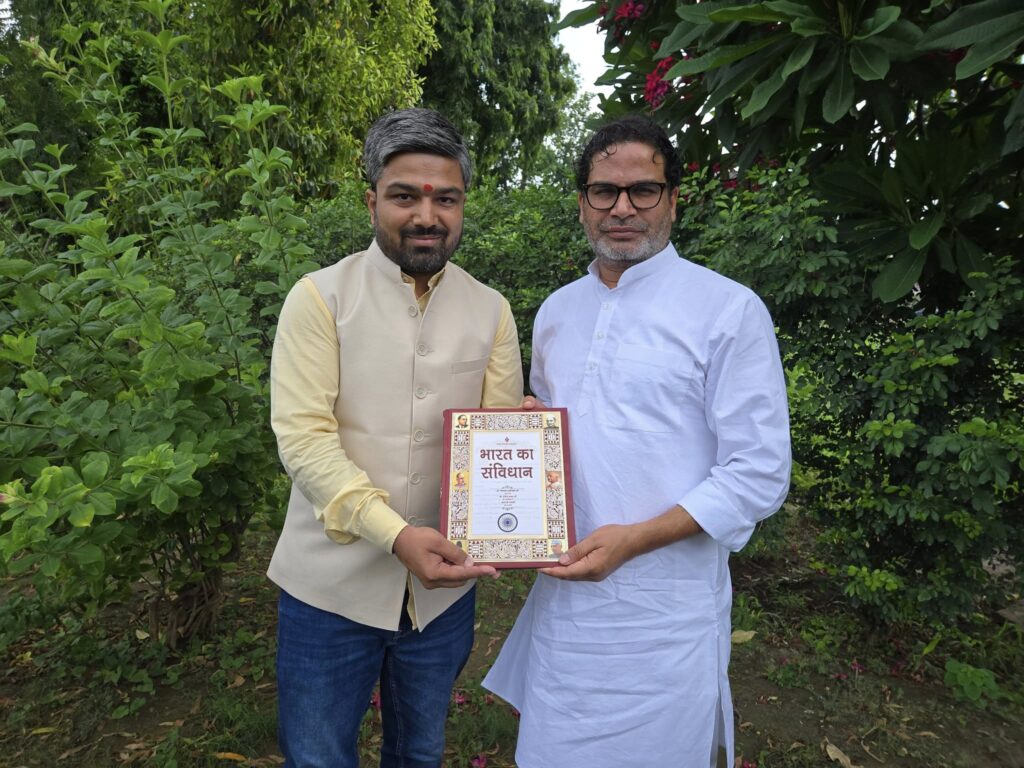As the discussions around the establishment of the National Makhana Board in Bihar gain momentum, we, the people of Seemanchal, are keenly observing developments, hopeful for a decision that truly reflects the ground realities of makhana production and regional equity.
The Union Budget 2025’s announcement of a dedicated Makhana Board, backed by an allocation of ₹100 crore, is a significant step forward for an industry that sustains thousands of families in Bihar. This board is envisioned to streamline production, enhance processing, boost value addition, and strengthen marketing avenues for makhana, or fox nuts – a superfood with growing global demand. The objective is clear: to uplift makhana farmers and integrate them into a robust value chain.
However, the ongoing debate regarding the board’s proposed location, oscillating between the Mithila region (primarily Darbhanga) and Seemanchal (notably Purnea and Katihar districts), has brought to light crucial considerations that extend beyond mere geography.
Seemanchal: The Production Powerhouse
While Mithila holds the Geographical Indication (GI) tag for ‘Mithila Makhana’ and a historical association with the crop, the current landscape of makhana cultivation has shifted significantly. Data from the Directorate of Horticulture, Government of Bihar (2021-22), indicates a substantial reality:
- Purnea and Katihar districts collectively account for the largest share of makhana cultivation and pop production. For instance, Purnea cultivated 5,549 hectares producing 5,234 tonnes of makhana pop, and Katihar contributed 6,043 hectares yielding 4,858 tonnes.
- In contrast, while Darbhanga and Madhubani are significant, their combined production remains lower than that of Purnea and Katihar.
As one report noted, “Experts and local leaders from Seemanchal argue that since 70% of the current production comes from their region, the Makhana Board should be based in Seemanchal.” This is not just a claim; it’s a reflection of where the majority of the makhana is actually being cultivated and where the farmers’ direct engagement lies.
Addressing Historical Disparities and Economic Opportunity
For Seemanchal, the location of the Makhana Board is more than just an administrative decision; it’s about addressing longstanding regional disparities and unlocking vital economic opportunities. Seemanchal remains one of Bihar’s most socio-economically backward regions, grappling with challenges like poverty, underdeveloped infrastructure, and the recurring impact of natural disasters.
The establishment of the Makhana Board in a high-production zone like Purnea or Katihar would bring the benefits of regulation, training, and direct market access closer to the farmers who need it most. It could foster local processing units, create employment, and stimulate the regional economy, offering a much-needed pathway to self-reliance.
As Pappu Yadav, MP from Purnea, articulated earlier this year, “PM gives the slogan of Look East and ignores Seemanchal Kosi—the most backward region that is the gateway to the Northeast. If this continues, we will launch a people’s war.” While the intensity of his statement highlights deep-seated frustration, the core message emphasizes the strategic importance and the urgent developmental needs of Seemanchal.

“PM gives the slogan of Look East and ignores Seemanchal Kosi—the most backward region that is the gateway to the Northeast. If this continues, we will launch a people’s war.”
~Pappu Yadav, MP Purnea
Recent Developments and The Path Forward
Recent political updates indicate that the Union Agriculture Minister, Shivraj Singh Chouhan, has been receptive to suggestions regarding the Makhana Board’s framework. Bihar’s Industries Minister, Nitish Mishra, confirmed in June 2025 that his recommendations for an industry-based framework have been accepted by the Union Minister. A key meeting with makhana farmers and stakeholders was also held at the ICAR-National Makhana Research Center in Darbhanga in February 2025, indicating ongoing consultations.
However, the final decision on the board’s location remains pending. For the farming communities, including the crucial ‘Mallah’ community who possess ancestral knowledge of makhana cultivation and processing, the stakes are high. They hope that the board will not only boost the industry but also lead to improved working conditions and better livelihoods.
The case for locating the Makhana Board in Seemanchal is rooted in both economic pragmatism and the principle of equitable development. By placing the board where the majority of production occurs, the government can maximize its impact, directly benefiting the farmers and communities who are the true custodians of Bihar’s makhana industry. We remain hopeful that the final decision will recognize this reality and pave the way for a more prosperous future for all.



